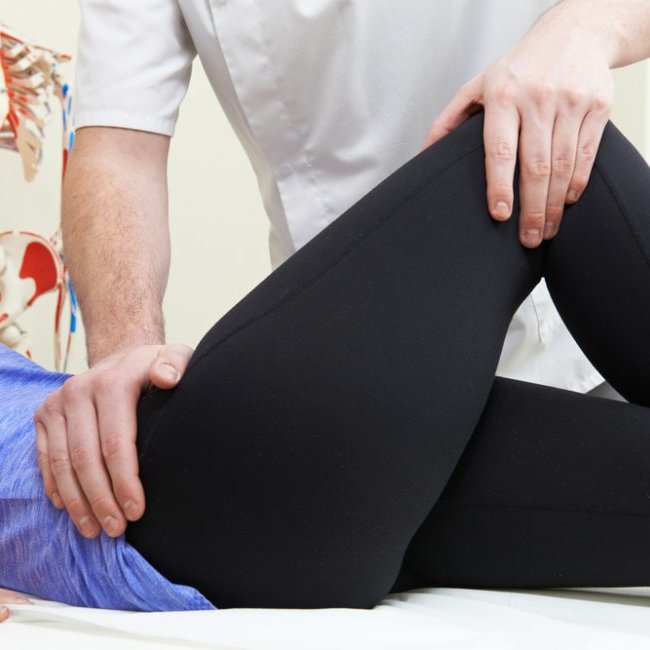


Body parts
From walking, running, kicking and countless other maneuvers you do throughout the day, such as getting up out of a chair, your hips – the largest and strongest joints in the body – help make it happen. When something goes wrong, you know it.
If you overuse or injure your hip, bursitis can develop. The painful hip condition occurs when one or both of the two major fluid-filled sacs that cushion the hip joint, known as bursa, become irritated and inflamed. The most common bursa to develop bursitis is the greater trochanter, which is the bursa (sac) that covers the bone point of the hip bone. When this bursa becomes inflamed, it’s called trochanteric bursitis. The second bursa in the hip, the iliopsoas bursa, which is on the inside of the hip can also develop bursitis, though it’s less common.
Hip bursitis can develop from just using your hips a lot. Running, cycling, climbing stairs or even just being on your feet for long periods can cause it. Injuring your hip from a bump or fall and other diseases, such as gout or rheumatoid arthritis, can also bring it on. Hip bursitis is more common in women, and people in midlife and older.
When you come into the Orthopedic Institute of New Jersey (OINJ) office, your hip specialist will conduct a thorough physical exam and check your hip for tenderness by pressing on the outside of your hip. Your OINJ hip doctor may also have you undergo additional tests such as a bone scan, MRI or X-ray to see if there’s an underlying cause to rule out other conditions or injuries.
If you’re diagnosed with hip bursitis, your OINJ hip doctor will likely recommend trying non-surgical treatment first, such as avoiding the activities that worsen symptoms, anti-inflammatory medications, physical therapy to increase your hip strength and flexibility and using a cane or walker for a week or so, if necessary. Your OINJ hip doctor may also recommend a corticosteroid injection in your hip joint. A single injection into the bursa may provide months of pain relief.
Hip surgery is rarely needed for bursitis. But if the hip bursa continues to be inflamed after you’ve tried non-operative measures, surgically removing the hip bursa is an option. Your hip can function normally without it.